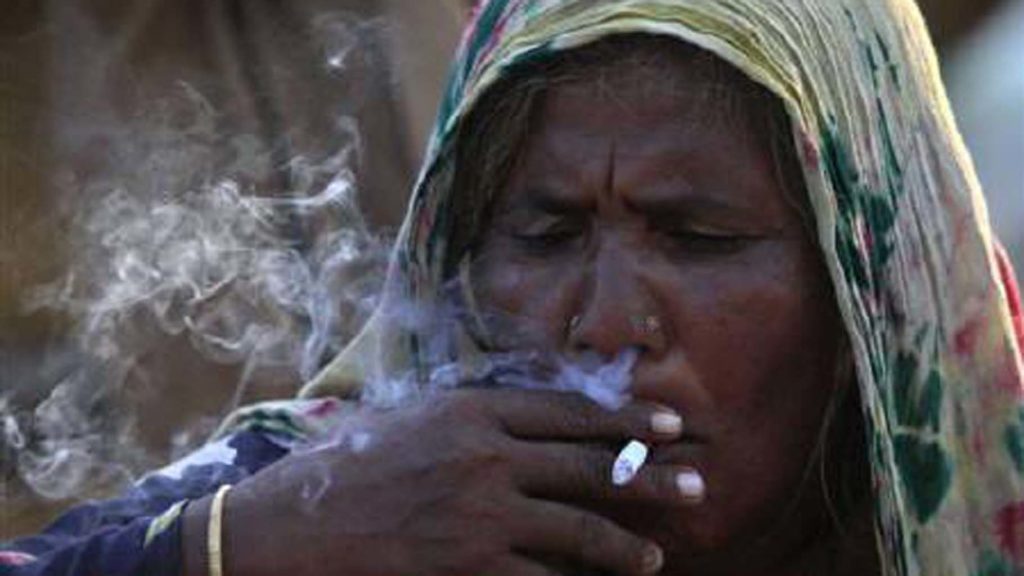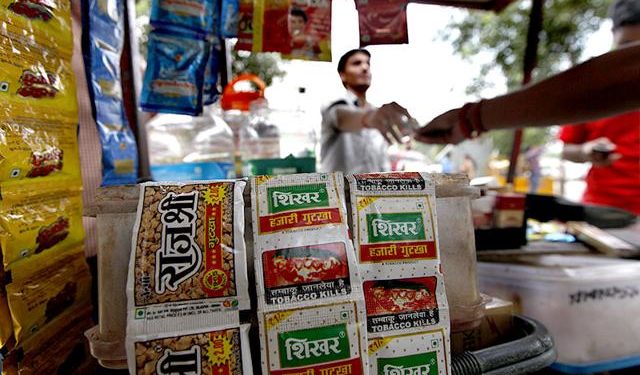Prof. Sree Sucharitha from the Tagore Medical College Hospital in Chennai discusses the current situation of THR in India.
With approximately 120 million smokers and about 1.35 million people dying each year due to tobacco, India represents the most difficult challenge in the fight against nicotine addiction worldwide. At the same time, it could set the example for effective policies and tools to exports Harm Reduction in LMIC.
Smoking is India’s biggest and most preventable cause of early death and is deeply interlace with religion, culture and society. As the second largest consumer of tobacco products globally, the consumption of tobacco include smokeless products such as khaini, gutkha, betel quid with tobacco and zarda.
In 2010, the Ministry of Health and Family Welfare (MHFW) launched the National tobacco control programme to facilitate the implementation of the Tobacco Control Laws and to fulfil the obligations under the frameworks of WHO-FCTC.
Smoking is banned in public places and workplaces such as schools, government facilities, public transport. Advertising through mass media is prohibited as well as tobacco sponsorship. The law also bans the sale of tobacco products via vending machines in the proximity of places such as educational buildings.
However, despite the strict regulations and bans, the high taxation, the restrictive access to certain tobacco-related products, consumption of cigarettes has seen no significant decline in the country in recent years.
Tobacco Harm Reduction experts and advocates have been calling the government for a different strategy based on less harmful alternatives to conventional cigarettes to ease the burden on the national healthcare system and protect the most vulnerable people, which are also the biggest consumers of tobacco.

“Vulnerable populations such as migrants, gender and sexual minorities are not reflected in tobacco policies adequately and harm reduction again holds the key for these groups in policies. There is no compelling argument than the lived experiences of these few sub-groups with whom I directly work with where harm reduction makes huge difference in their lives” explained Sree Sucharitha, professor in the Department of Community Medicine at Tagore Medical College Hospital in Chennai, India and expert on Tobacco Harm Reduction.
The debate on Ecig and, in particular, on the right of smokers to have safer alternatives to the traditional cigarette is not limited only to a question of public health but is part of a broader debate of social justice for the poorest countries. Most smokers are concentrated in low- and middle-income countries.
Eighty per cent of smokers live in Southeast Asia, Africa, the Middle East and the Mediterranean area. In countries like China, India and Indonesia, domestic smokers account for 46% of global smokers. In these regions, smoking mortality is also the highest in the world.
Priorities on national health policies of many LMIC, according to many observers, are influenced by what is commonly described as “western philanthropic colonialism.”

“There are many investigative journalism reports which brought to the public’s attention the role of western philanthropic involvement in influencing national health policies especially for tobacco in LMIC. We acknowledge that it needs more investigation and discussion about the detrimental role played by these non-state actors in enhancing the health disparities and devise strategies to effectively counter them with evidence and multi-stakeholders engagement by making them aware of these issues.” professor Sucharitha said.
Prevention, control, and cessation efforts have been so far the pillars of the strategies to reduce the smoking rate in the country, leaving Harm Reduction out of the door. Thus, denying any Harm Reduction among National Health Policies represent an unreasonable bias towards tools that could potentially give a strong impact on Public health strategy.

“A lack of visibility and articulation of harm reduction among National Health Policies in India reflects perhaps strong inclination towards the pillars of prevention, control and cessation rather than acceptance of harm reduction as a strong, viable and potential public health strategy to be given a strong impetus and supported in a big way by political will. We have to transform the narratives from the top level as the “tobacco tool kit” needs expansion into harm reduction in a big way.”





